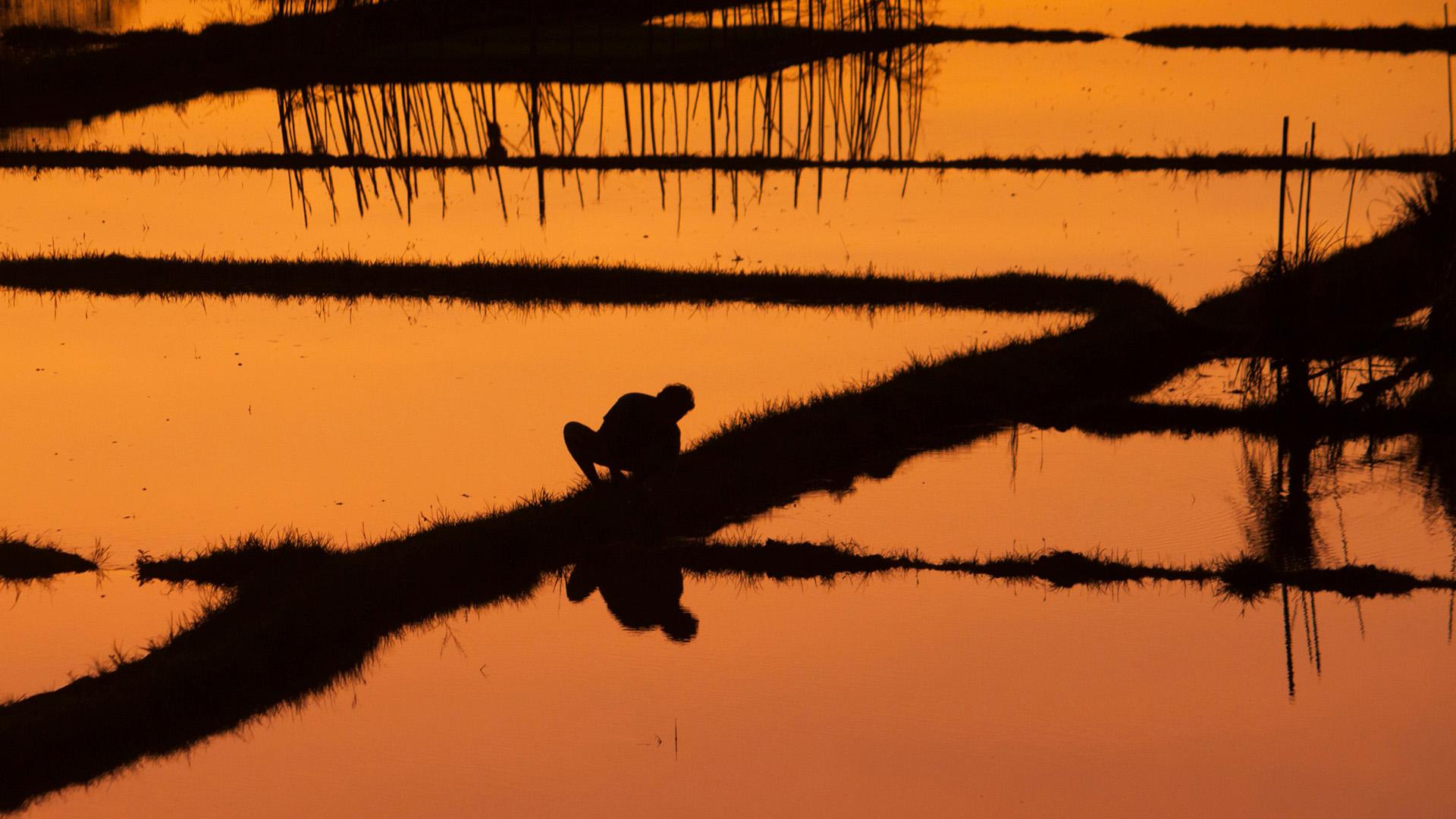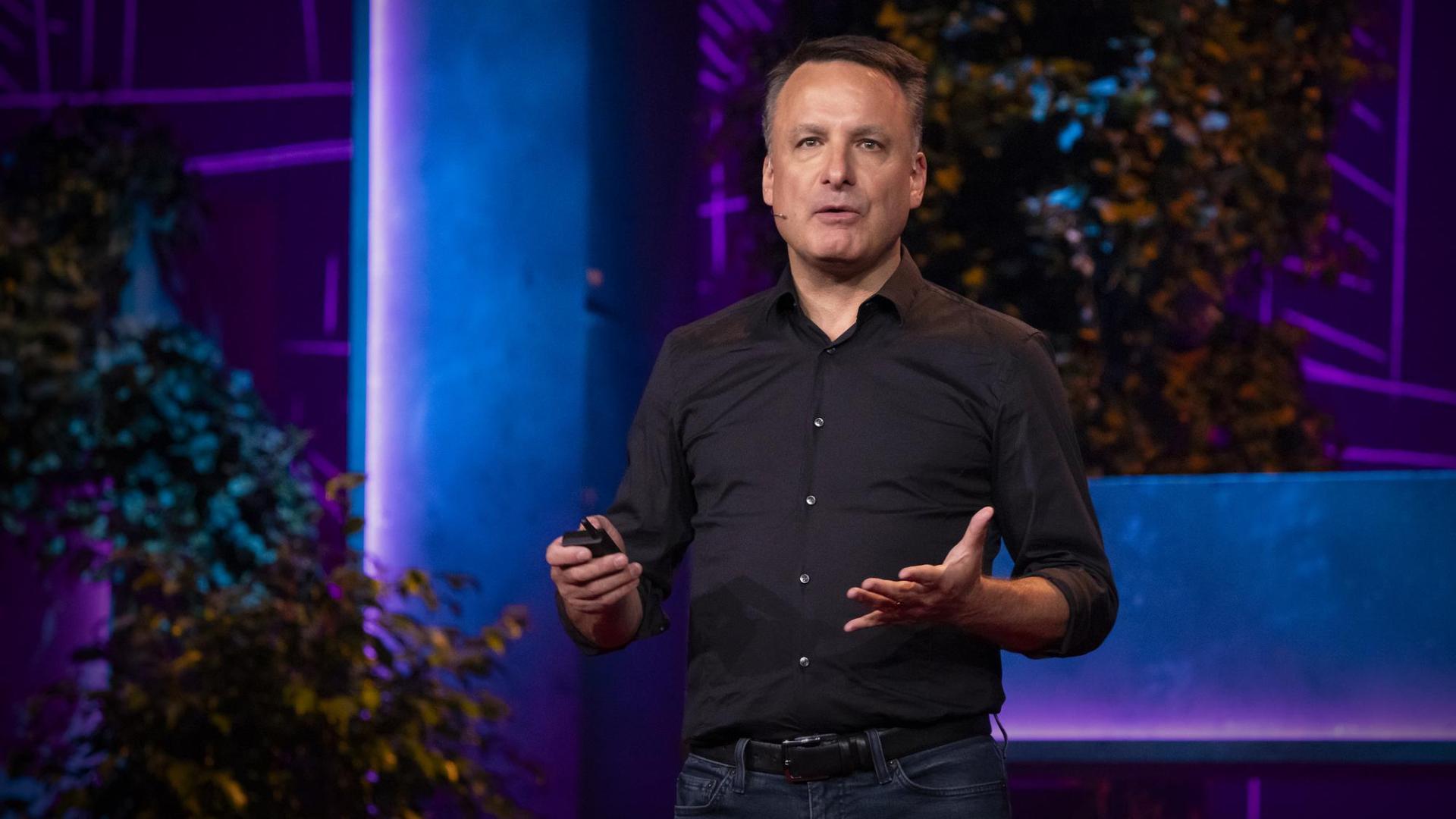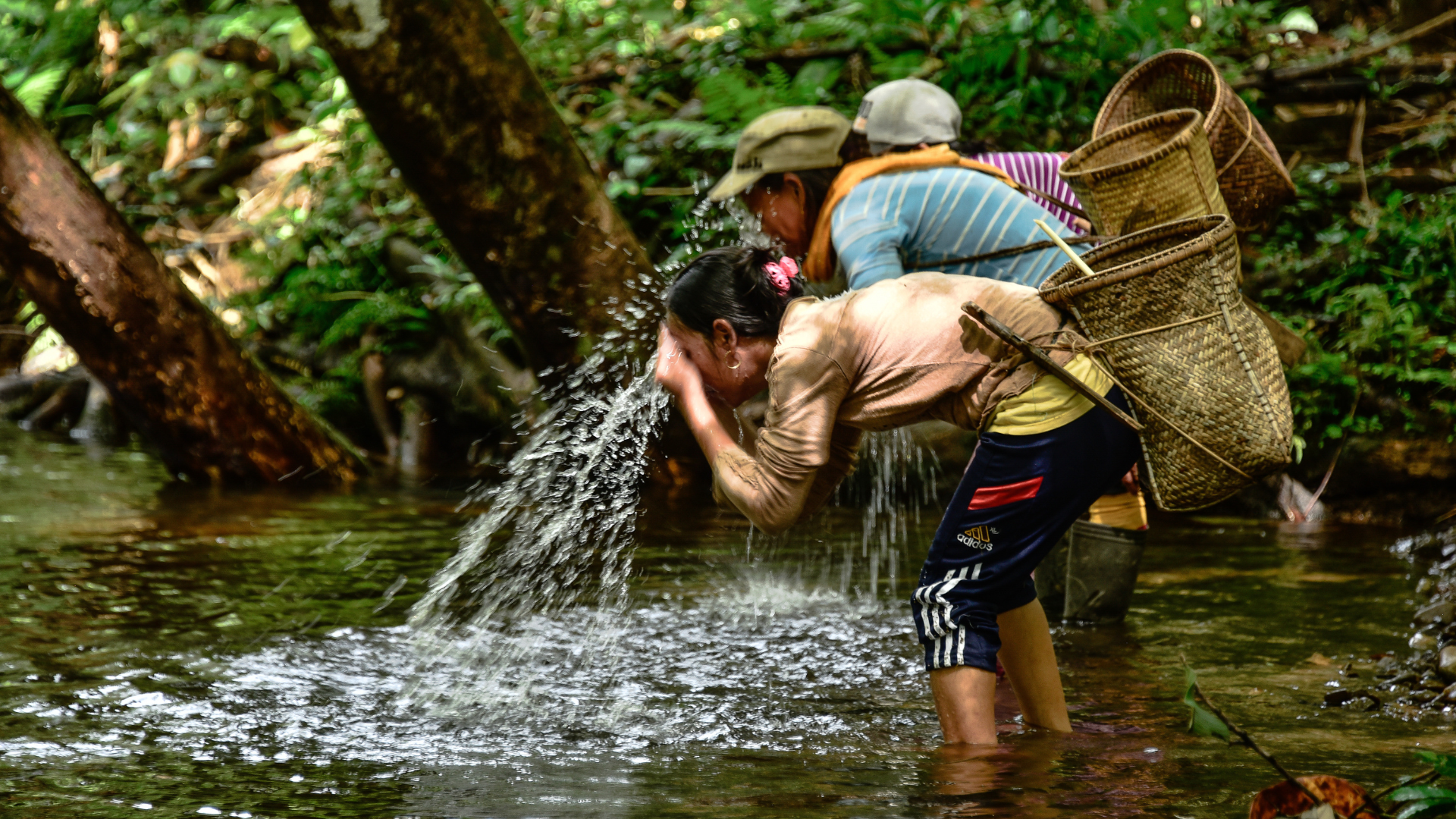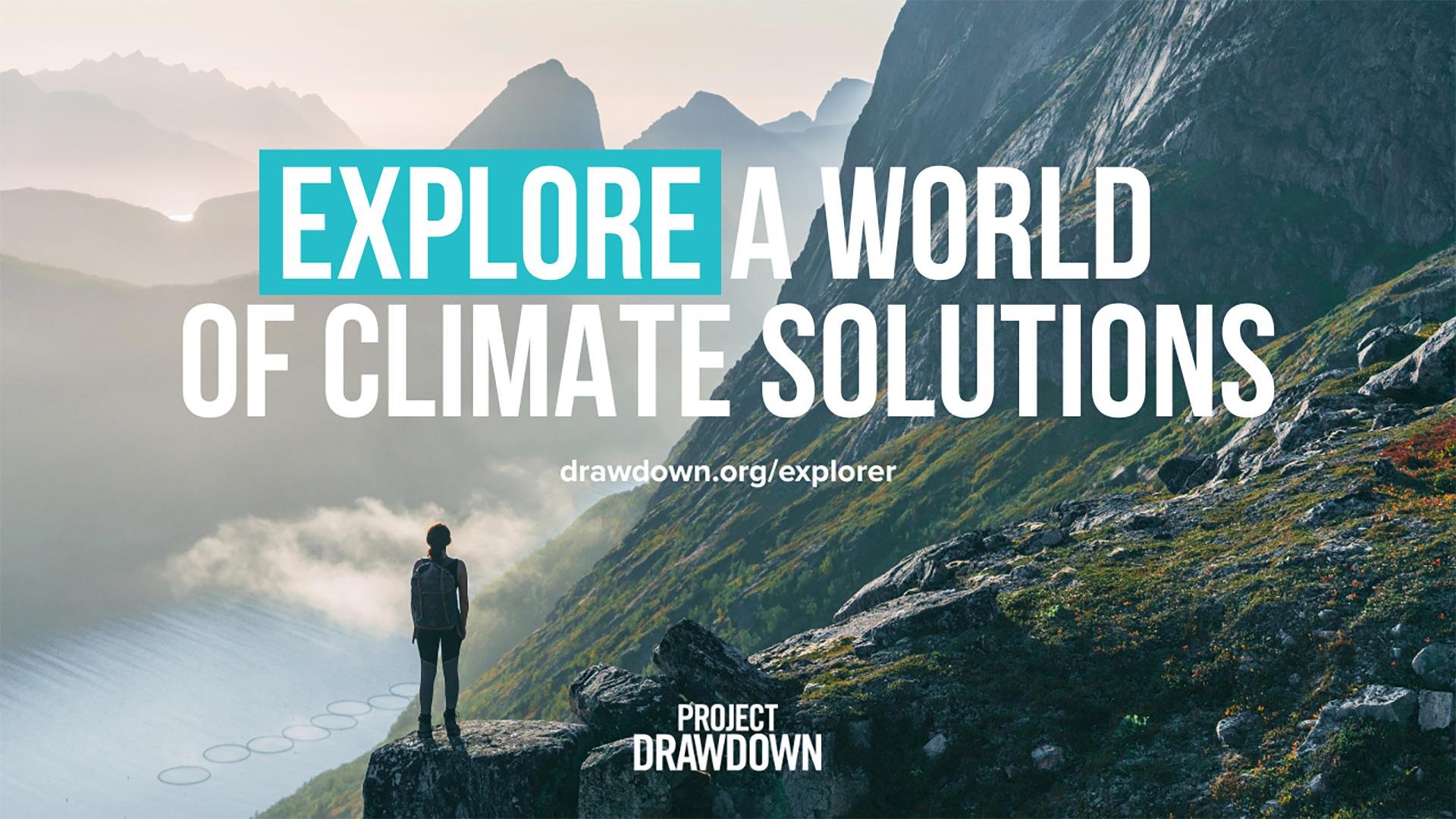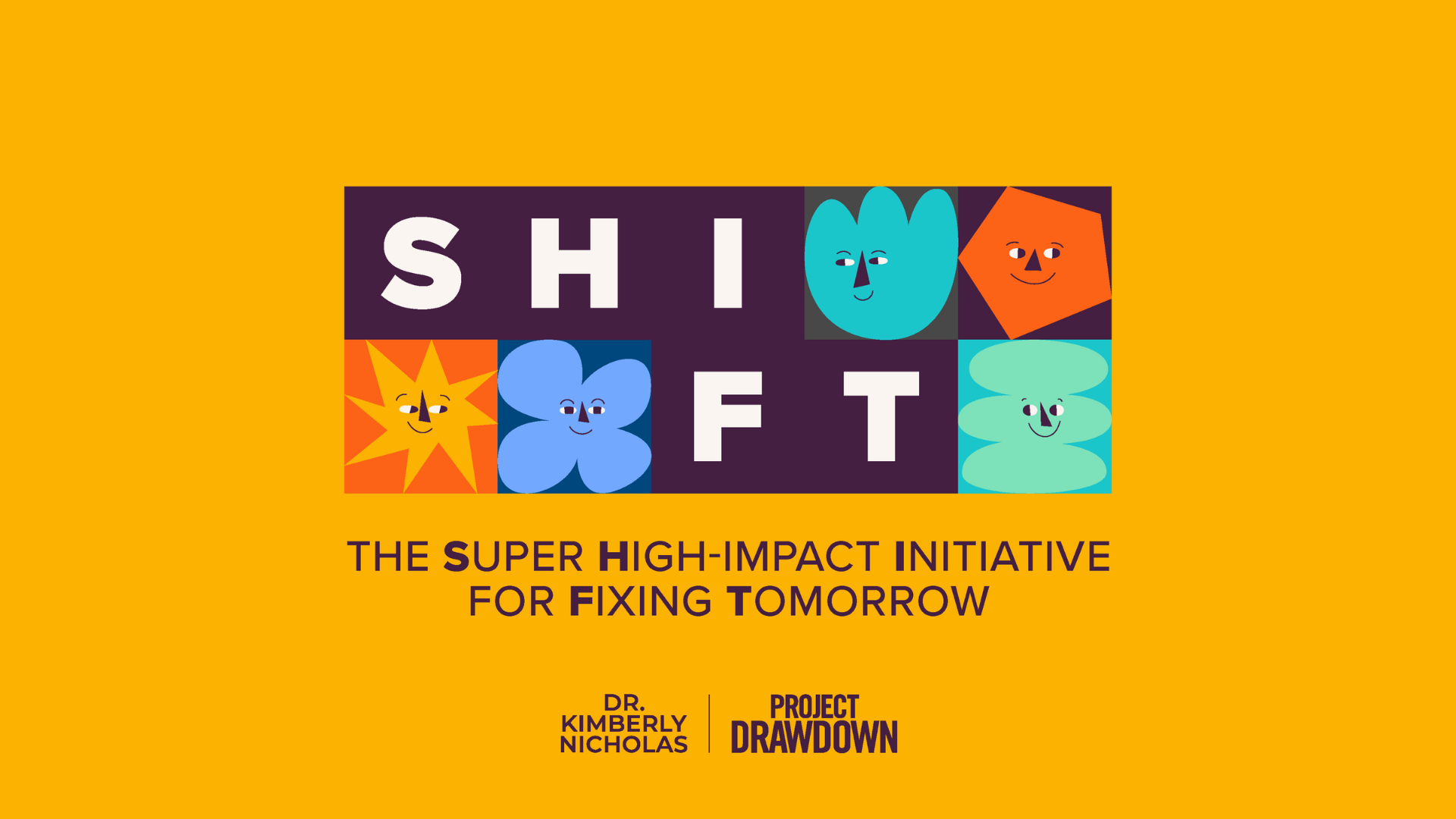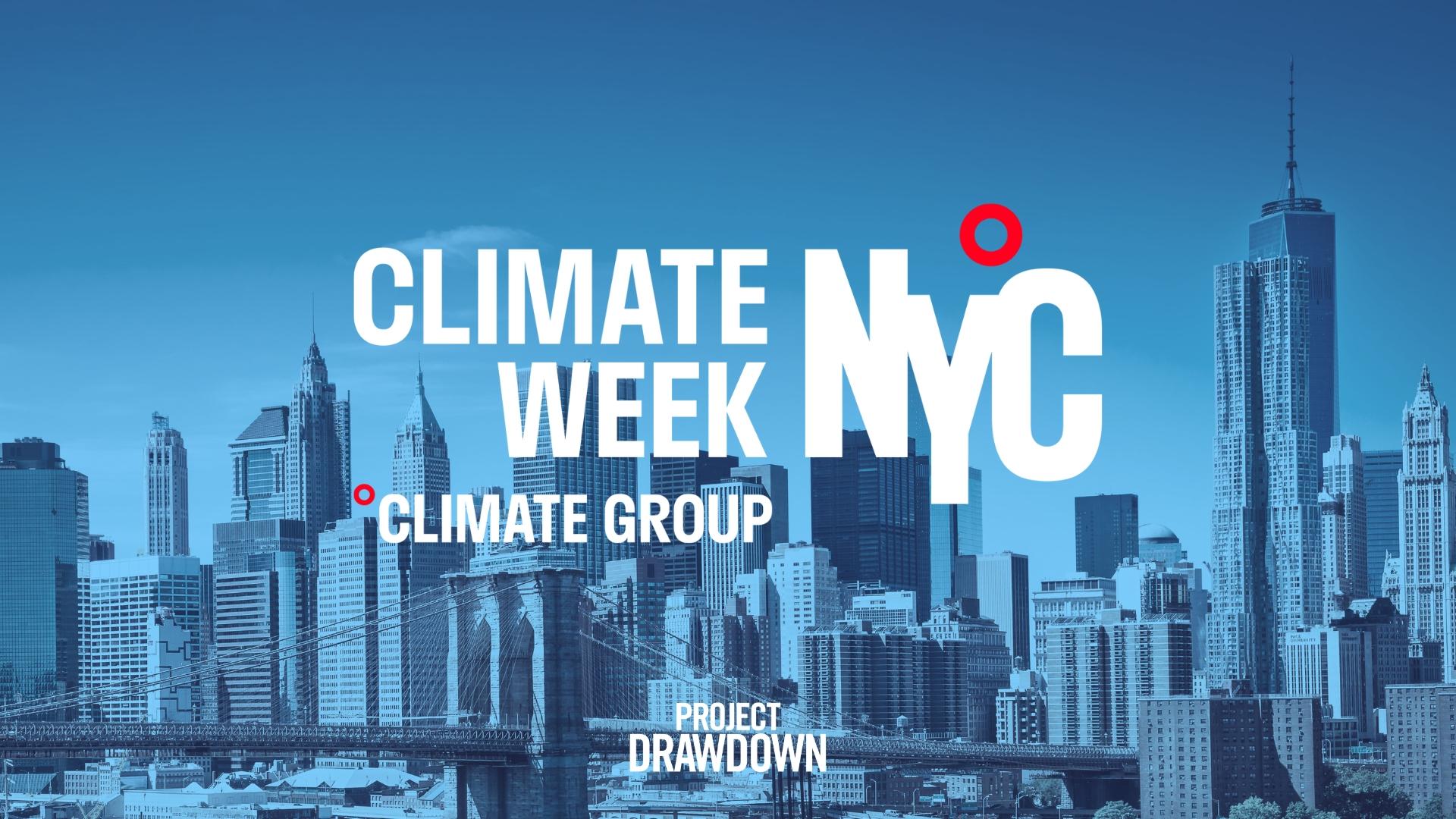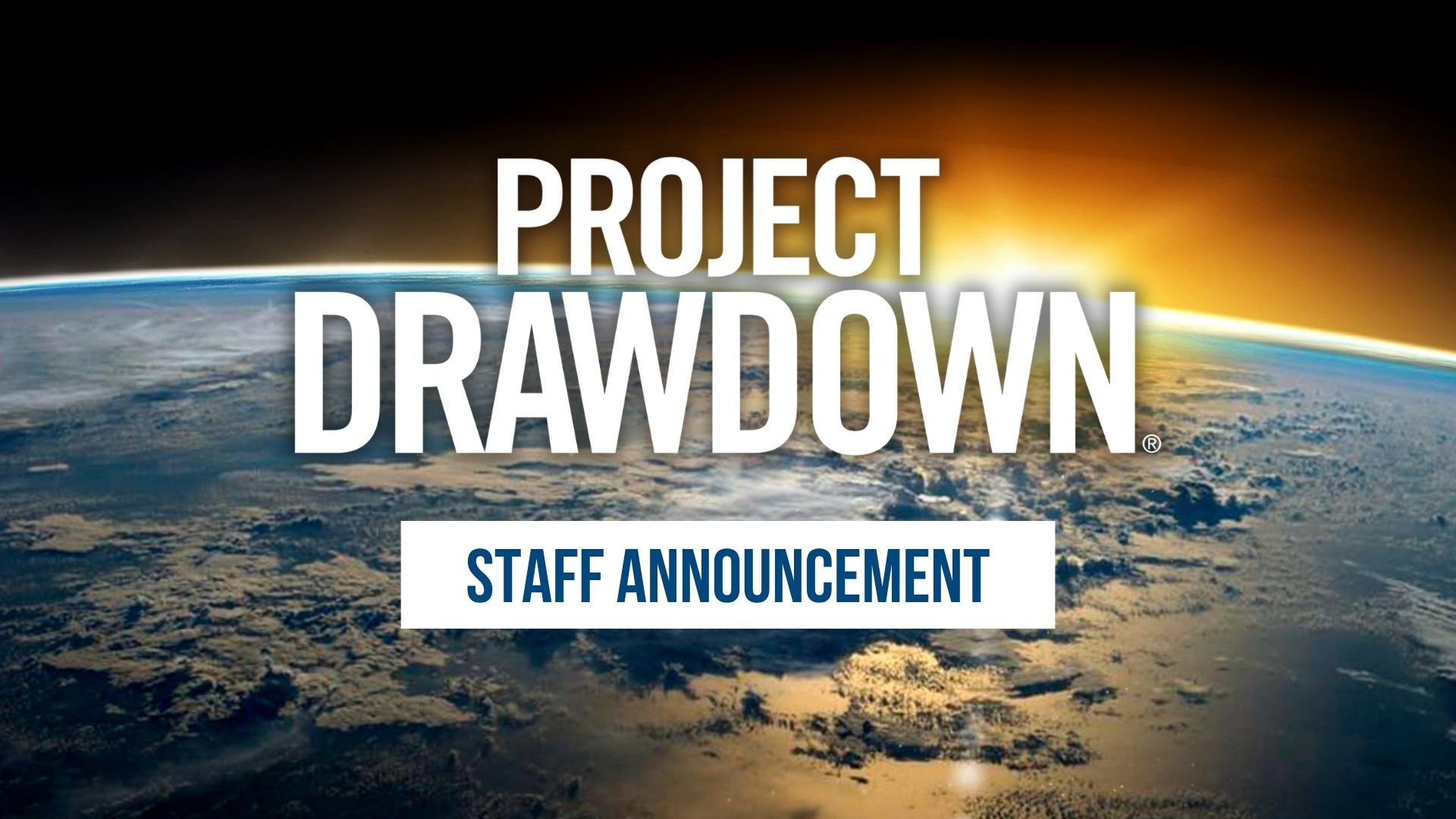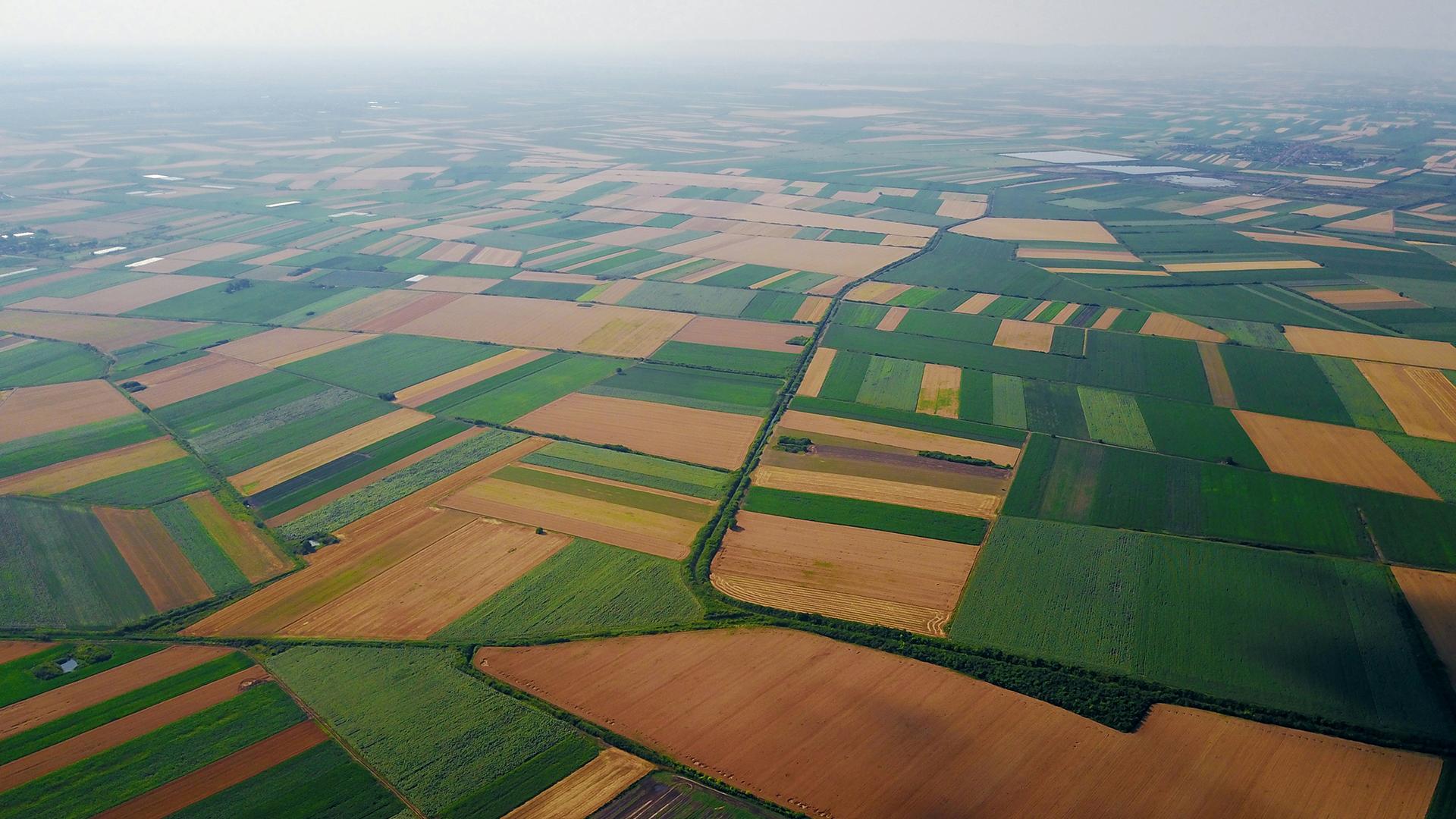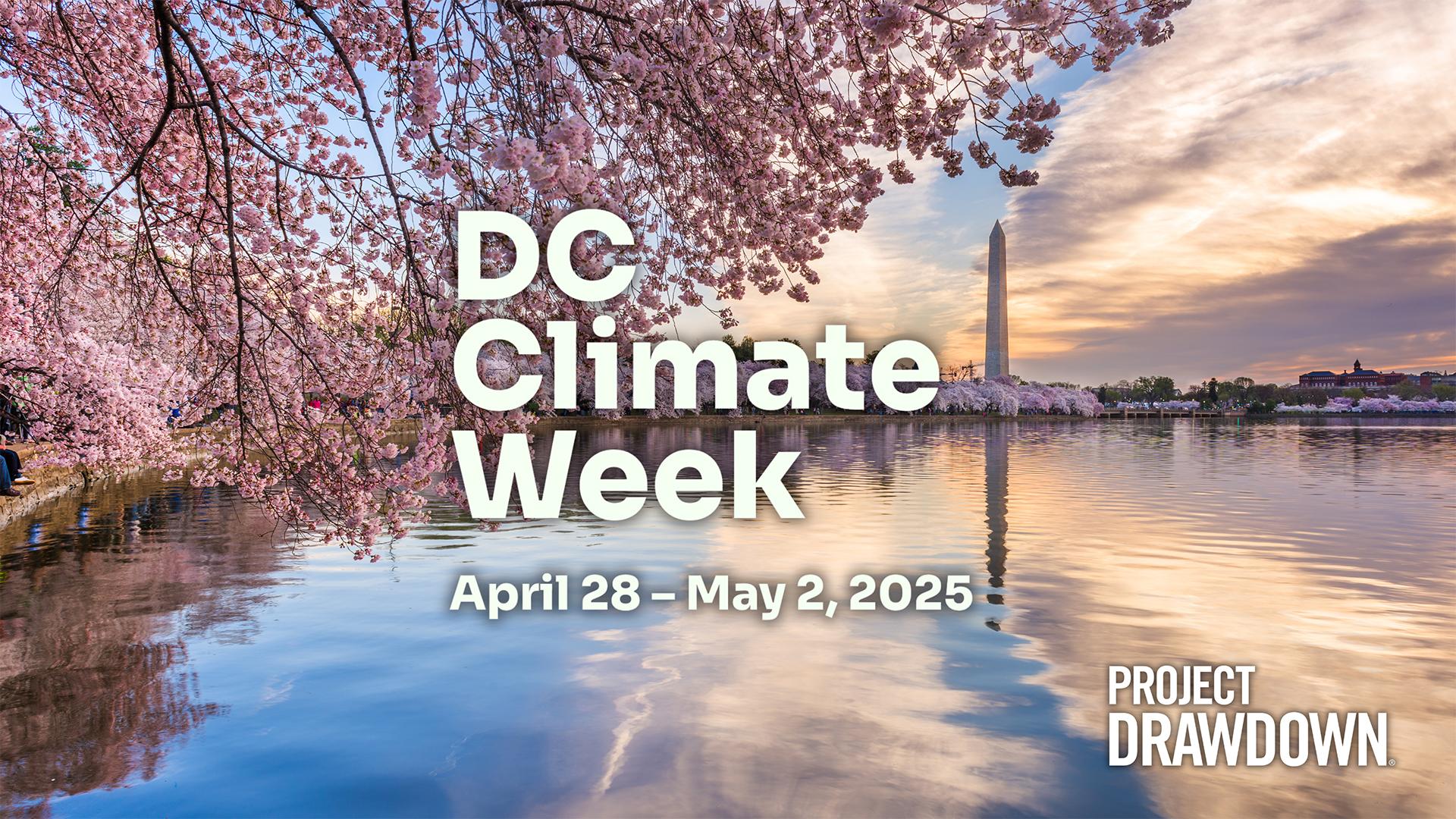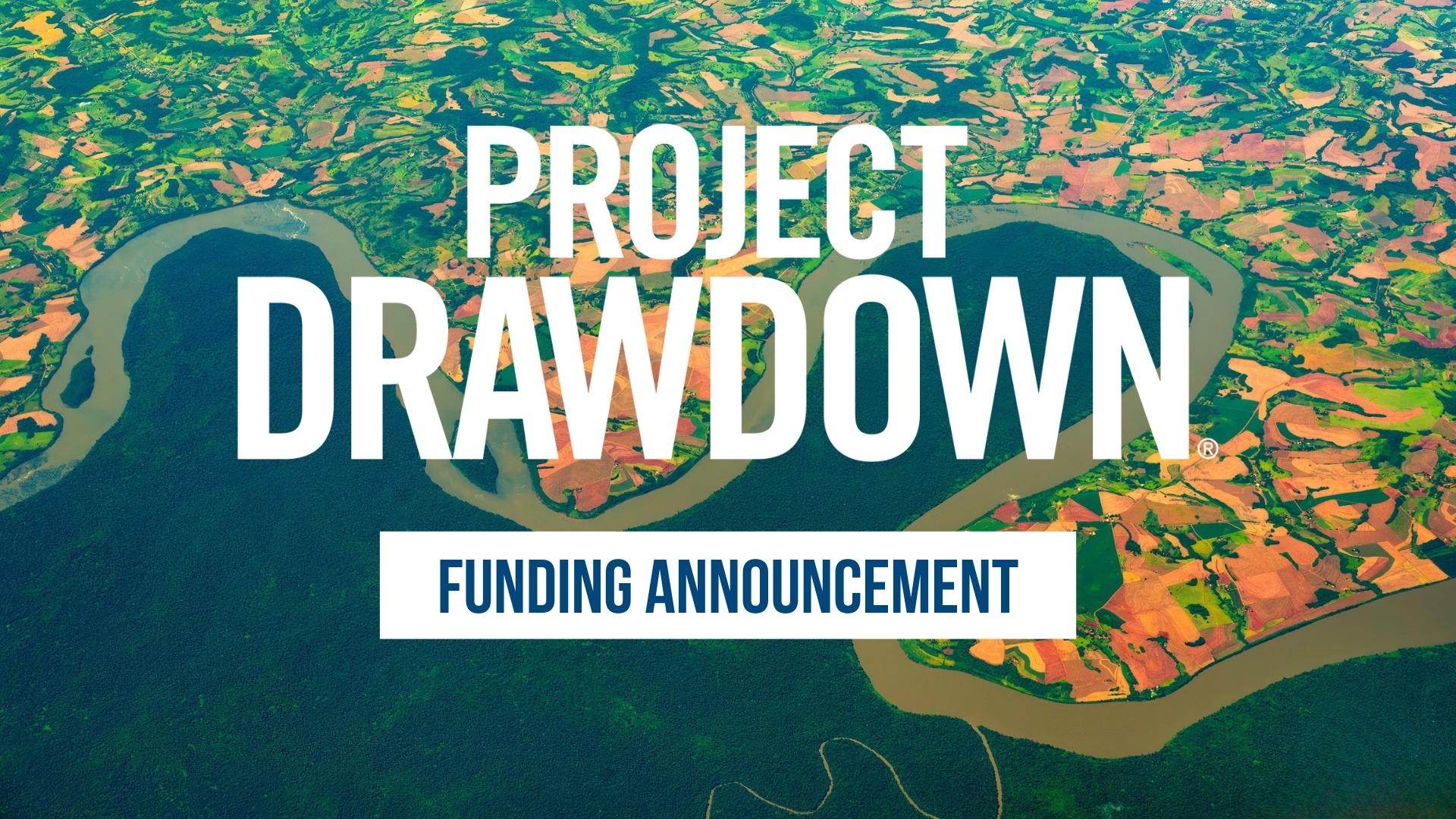In Southeast Asia, the food, agriculture, and land use (FALU) sector is directly responsible for 54% of greenhouse gas emissions – more than twice the global average – making it one of the most important regions in the world to focus on food-related climate solutions. In a report published today by Project Drawdown and funded by members of Singapore-based Asia Philanthropy Circle, researchers provide a detailed roadmap outlining exactly what solutions are needed, when and where, to maximize the impact of emissions reduction efforts in the FALU sector across Southeast Asia.
“How we treat forests and peatlands in Southeast Asia – one of the most carbon-rich places on Earth – will be key to our climate future,” says Project Drawdown researcher Emily Cassidy, who co-authored the report. “Fortunately, as we show in this report, solutions exist that can significantly reduce emissions while improving the health, resilience, and economic security of communities.”
By synthesizing and analyzing data from hundreds of sources, the researchers show where FALU emissions are coming from across all 11 countries in the region, down to the provincial level. Moreover, they pinpoint geographic hot spots with the greatest potential for emissions reduction per land area without reducing crop yields.
“When you dive into the data, you find opportunities abound for farmers, philanthropists, and climate leaders to dramatically and efficiently reduce emissions,” says Project Drawdown Senior Scientist James Gerber, Ph.D., who co-authored the study. “For instance, focusing protection on just 20% of Indonesia’s carbon-densest forests could reduce 80% of the country’s deforestation emissions. Hundreds of millions of tons of carbon dioxide, with one-fifth of the forest.”
Similarly, the researchers find that 64% of emissions savings from improved rice cultivation could be achieved on 20% of rice farms, and 80% of emissions savings from improved nutrient management could come from focusing on 20% of farms using excess fertilizers. “We kept uncovering this 80-20 phenomenon, wherein most of the emissions from a particular place, source, or practice could be reduced by implementing a solution over a relatively small area,” Gerber says.
Importantly, many of the climate solutions in the FALU sector that were assessed are emergency brake solutions that reduce potent, fast-acting greenhouse gases, such as methane, or prevent large pulses of emissions, such as from deforestation. Such solutions can play an outsized role in rapidly bending the curve on greenhouse gas emissions.
Beyond analyzing the emissions reductions of various FALU climate solutions, the researchers also discuss how these solutions may affect the economic and environmental well-being of local communities. They find that many of the solutions offer numerous benefits, including enhanced air and water quality, increased climate resilience, and more effective adaptation to extreme weather, all while boosting yields and farmer incomes. “For most of the solutions we analyze, we find that reducing emissions and improving environmental and human well-being is not either-or,” Cassidy says. “It’s yes-and.”
“Our members identified the knowledge gaps and commissioned this report to help provide a better understanding of the food and land use sectors’ impact on climate, biodiversity, and health in the region, which until now had been very fragmented,” says Esther Chang, CEO of the Asia Philanthropy Circle (APC), a community of philanthropists working together to drive collective action for Asia’s most pressing challenges.
“For the first time, we know which sectors and provinces we need to focus our attention on to address some of the largest sources of greenhouse gas emissions across Southeast Asia. Moving forward, we will convene our members, regional and global funders, and practitioners to explore how best to act on these findings through deep collaboration and collective impact,” she adds.
Key Findings
- Southeast Asia’s FALU sector could reduce emissions by 1.9 billion tons of carbon dioxide-equivalent per year without a reduction in crop yields
- Deforestation and other land cover changes are the biggest drivers of emissions in most places (56% of provinces), followed by rice cultivation (42% of provinces) and overuse of nitrogen fertilizers (2% of provinces)
- Rice production generates almost one-third of regional methane emissions, and improved water management could reduce emissions by 64 million tons per year without reducing yields
- Targeted interventions in high-priority areas can yield major emissions reductions with “80:20” opportunities wherein roughly 80% of the climate benefits can be achieved by focusing on 20% of the area
Press Contacts
Skylar Knight, skylar.knight@drawdown.org
Theresa Cua, theresa@asiaphilanthropycircle.org
Interviews and Drawdown Explorer demos available upon request
About Project Drawdown
Project Drawdown is the world’s leading guide to science-based climate solutions. Our mission is to drive meaningful climate action around the world. A 501(c)(3) nonprofit organization, Project Drawdown is funded by individual and institutional donations.
About Asia Philanthropy Circle
ASIA PHILANTHROPY CIRCLE is a community of philanthropists working together to solve Asia’s most challenging problems. Founded in 2015 by philanthropists, for philanthropists, APC is a safe, trusted space for peers to connect, exchange, and collaborate for lasting impact across the region. APC has since grown to over 60 members across 12 markets. APC is a registered charity headquartered in Singapore with roots throughout the region.

